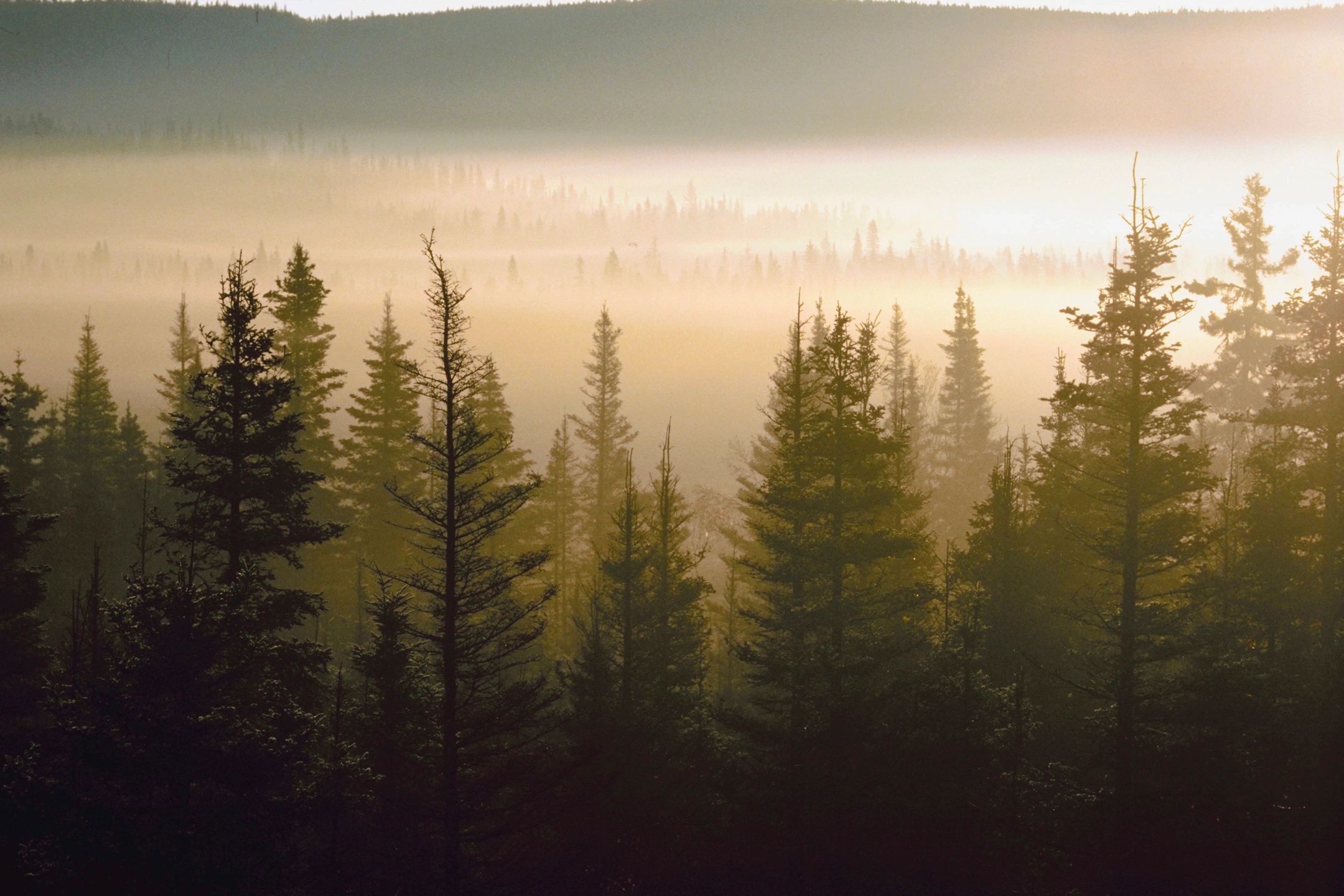Presented By Classic Brands
(COLUMBUS) —The Nature Conservancy and the Ohio Department of Natural Resources Division of Forestry are partnering to acquire and conserve 404 acres of important forest land in southern Ohio. The project is a significant step in an ongoing effort led by TNC, the global conservation nonprofit, to conserve a band of unprotected forest between TNC’s 20,000-acre Richard and Lucile Durrell Edge of Appalachia Preserve and the DOF’s 64,700-acre Shawnee State Forest.
The project will lead to 2,585 acres being acquired as part of the Forest Legacy Program. Protecting land here is a key tenet of TNC’s vision to safeguard one of Ohio’s most intact large-scale forest areas. A corridor of conserved lands will allow plants and wildlife to move and adapt over time, maintain working forests that contribute to the local economy, provide recreation opportunities, and help fortify one of the most biologically diverse forests in the Midwest.
Some of the land will become part of Shawnee State Forest, while other parcels will be retained by TNC with DOF providing additional protection by holding a conservation easement. The land to be purchased by the state lies at the western border of Shawnee State Forest, an area known as ‘the Little Smokies of Ohio,’ in reference to the Great Smoky Mountains and the sometimes fog-capped ridges created by the moisture-laden air and dense forest. The Buckeye Trail runs through this land.
The joint protection effort is funded by $4.5 million in federal grants through the Forest Legacy Program, which is a partnership program between the USDA Forest Service and the Ohio Division of Forestry. The program aims to prevent conversion of important forestland to non-forest uses, maintaining the multiple benefits those forests provide.
“This project is a perfect fit for the Forest Legacy Program, as it protects highly strategic working forests in the Shawnee region that is so important to Ohio for its many benefits,” said Cotton Randall, Forest Legacy Program coordinator for the Ohio Division of Forestry (DOF).
“Where permanent protection represents the first, most visible step, it’s not the only action needed to conserve Ohio’s forests long-term,” says Terry Seidel, director of land protection for TNC Ohio. “Connection to other, adjacent forestland is paramount if we want to maintain and enhance the many benefits our forest systems provide such as recreation, water quality, sustainable timber and climate change mitigation. We prioritize acquiring land in places that build on existing protected areas and encourage other private forestland owners to manage their lands in ways that support the long-term health and sustainability of the forest.”
Investments in conservation through initiatives like the Forest Legacy Program are powerful drivers of economic growth that multiply local, state, and national economies. According to a recent study conducted by researchers at the Ohio State University, in an average year there are 171 million outdoor recreation trips in Ohio. These trips infuse $5.9 billion in spending into the state’s economy every year. All told, approximately 132,000 Ohioans are employed in the outdoor recreation sector, which contributes $8.1 billion to our economy. Ohio’s forests also contribute through the forest products industry, which contributes $27.2 billion annually in economic impact. Programs like the Forest Legacy Program help ensure Ohio’s forests can sustainably support both people and nature.



More Stories
Waverly Students Win FBP Diversity Council Art Contest
Longtime SPVMHC Board Member Honored As Rulon Center Celebrates 5th Anniversary
Local Man Appointed Ohio Volunteer Service Coordinator